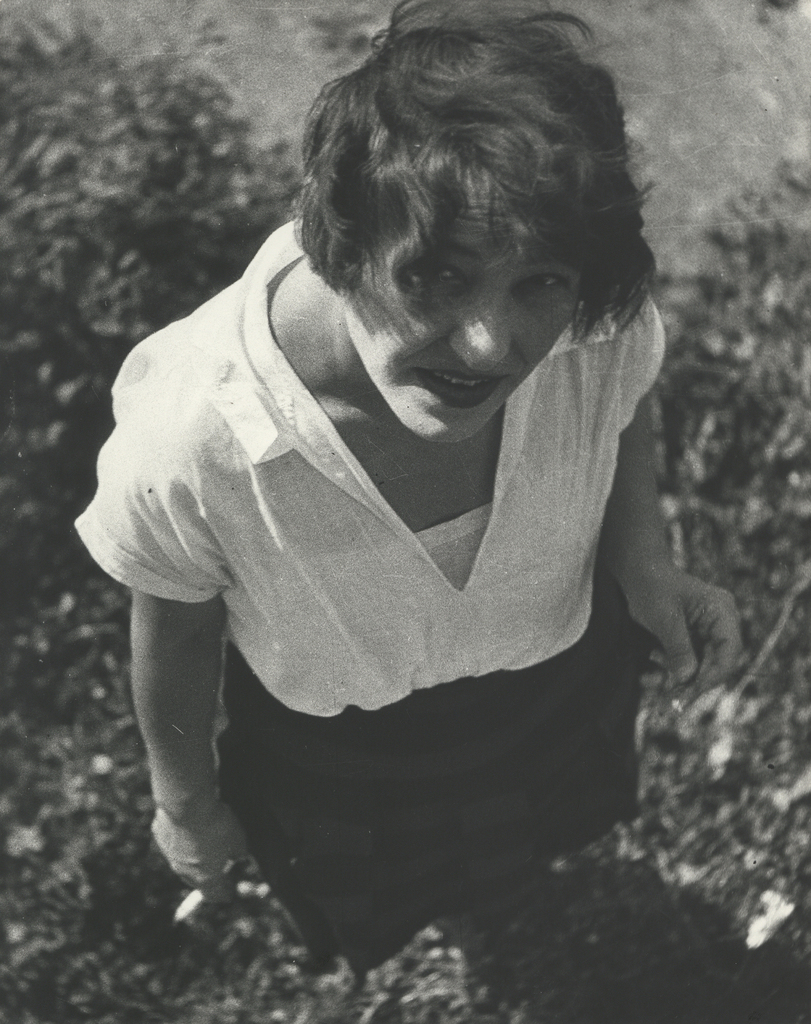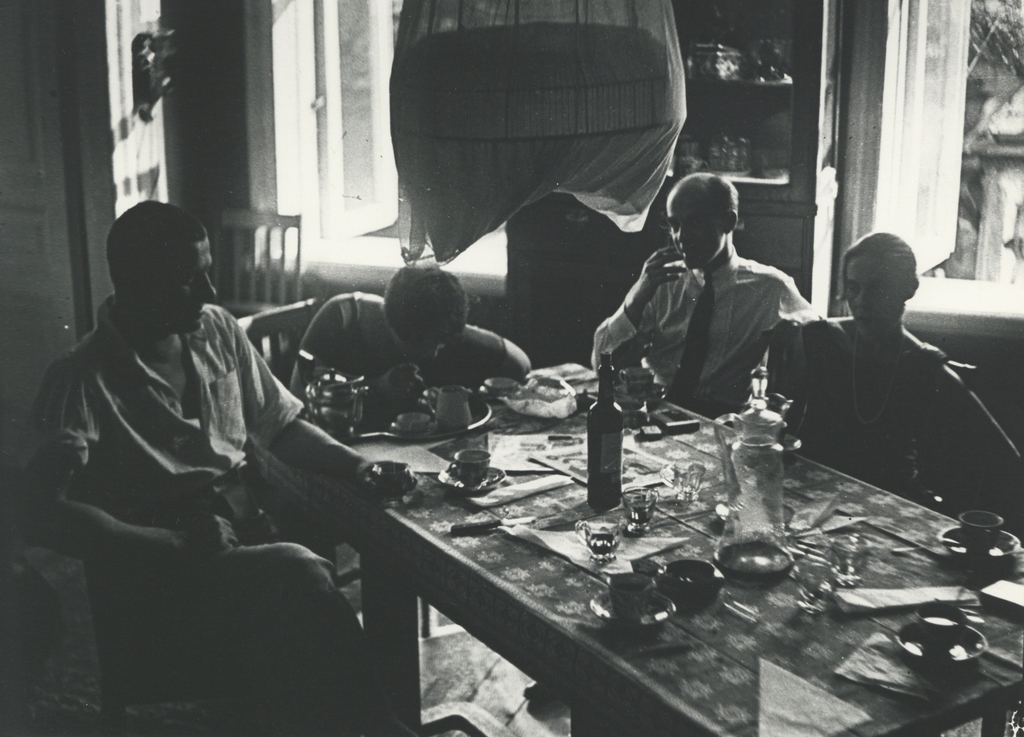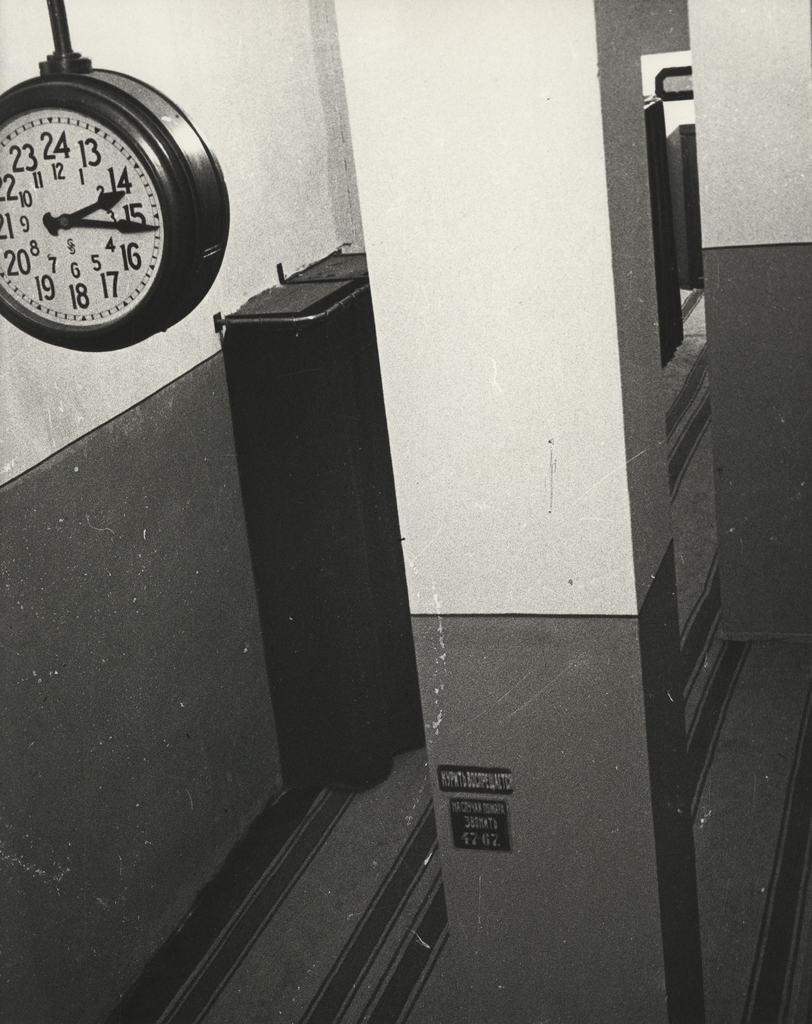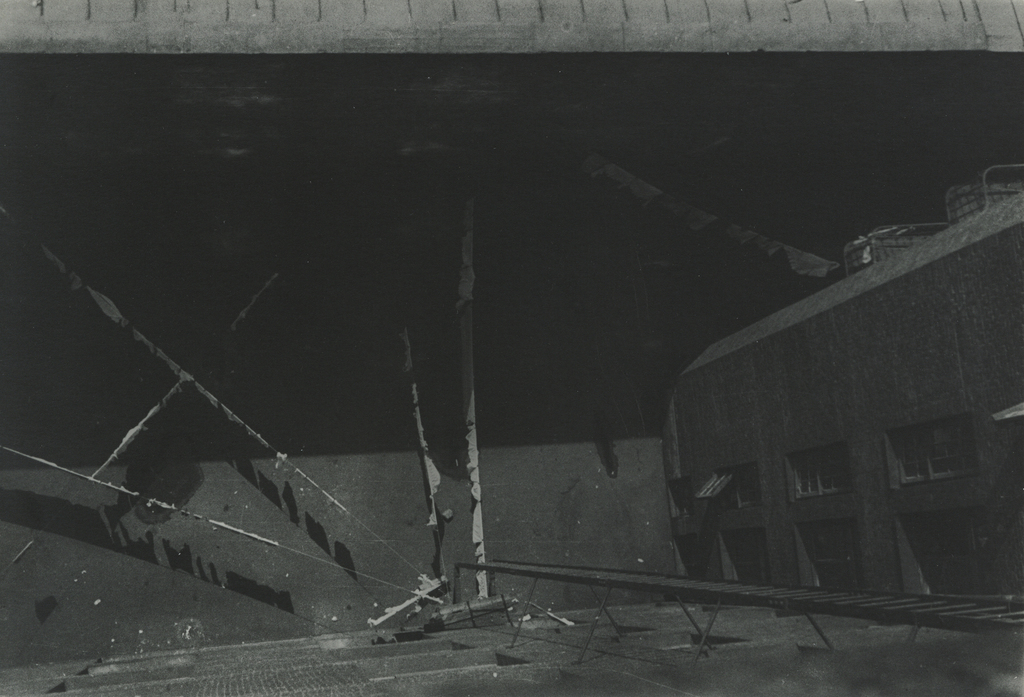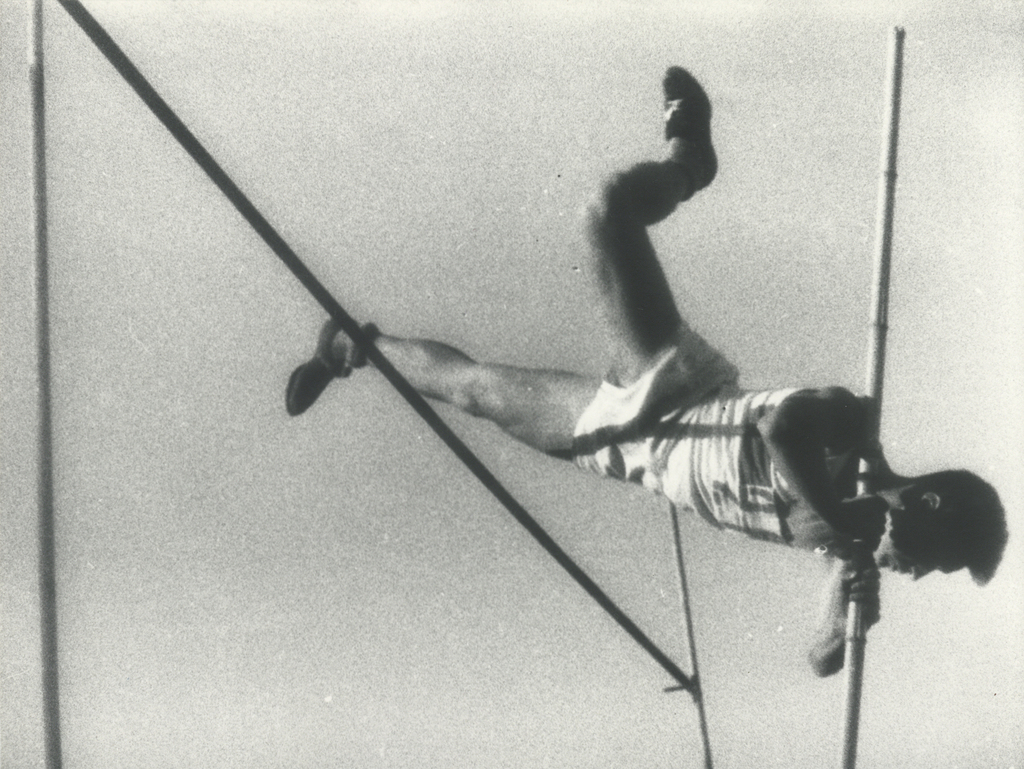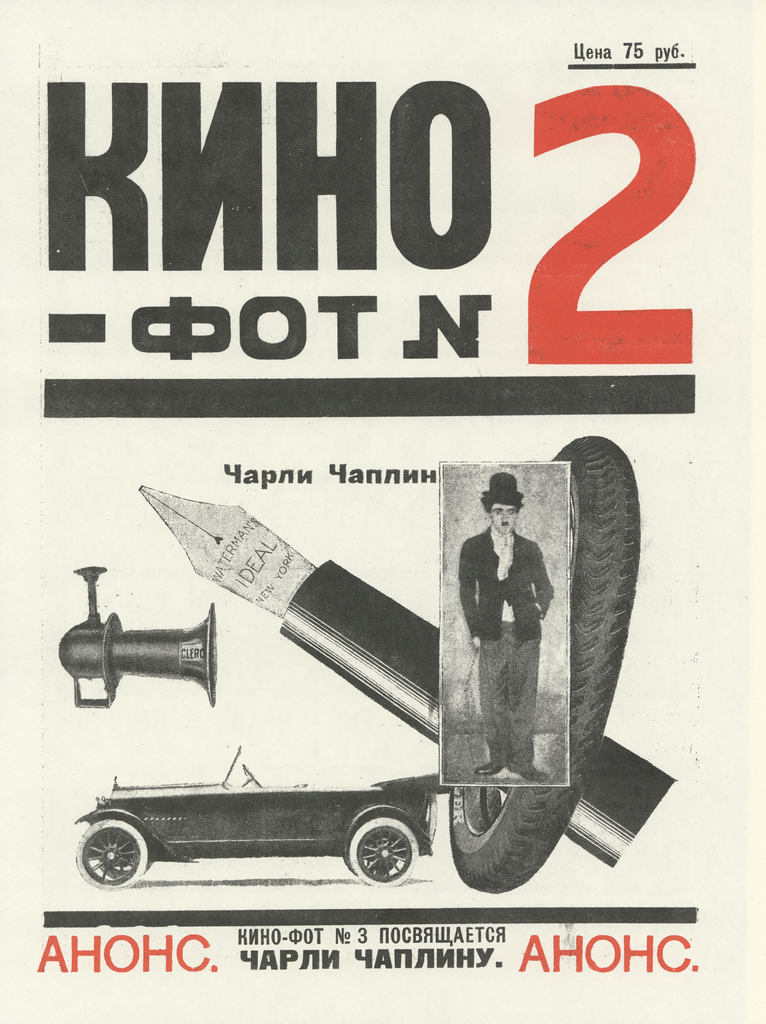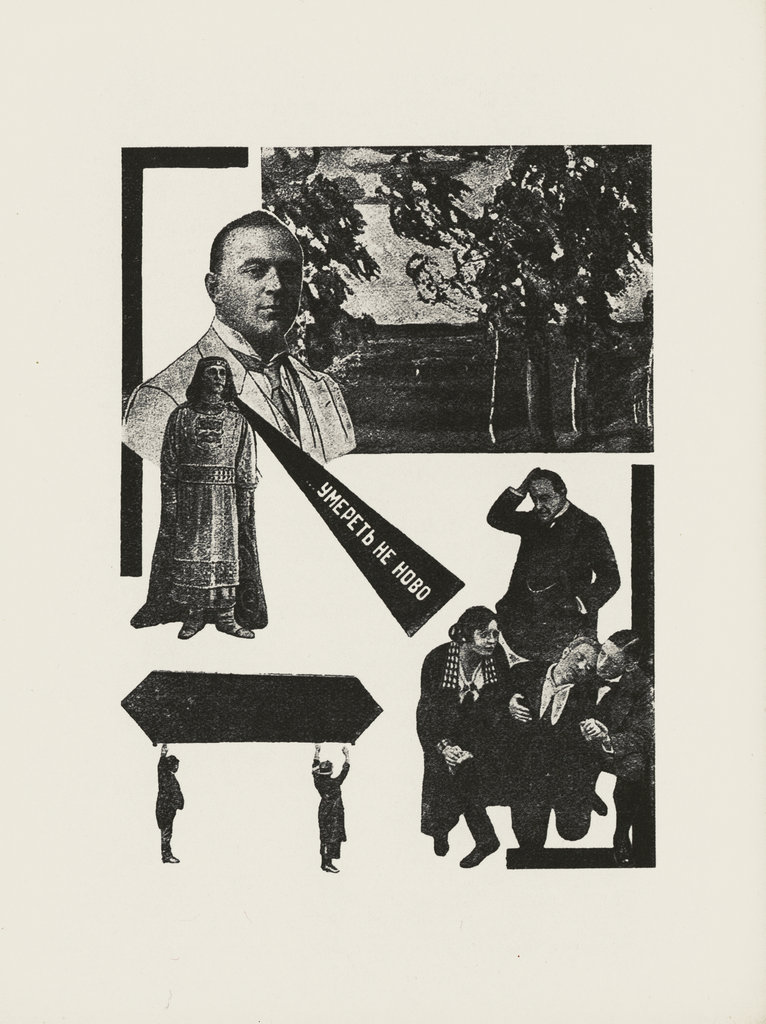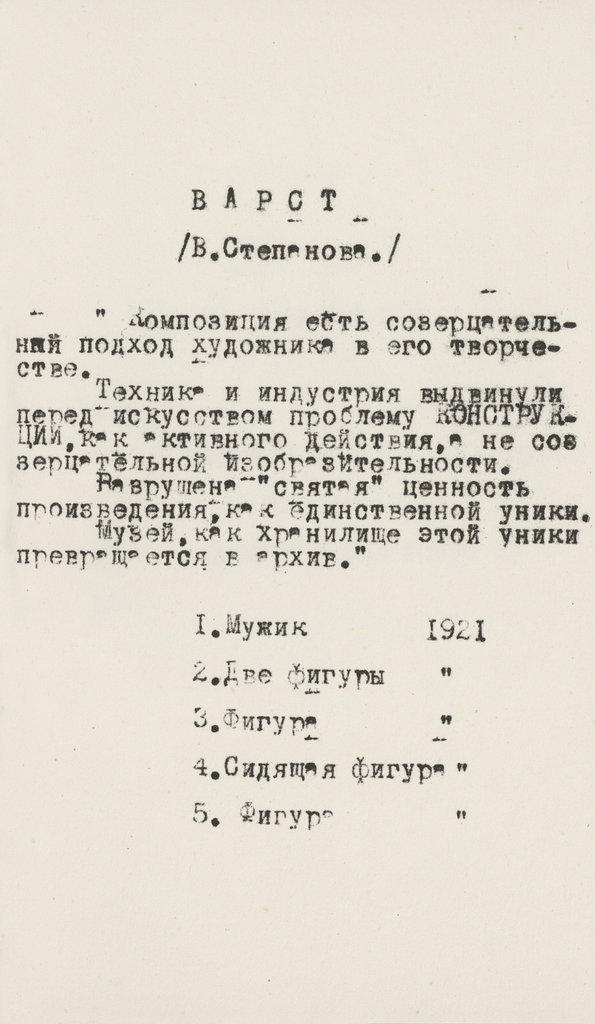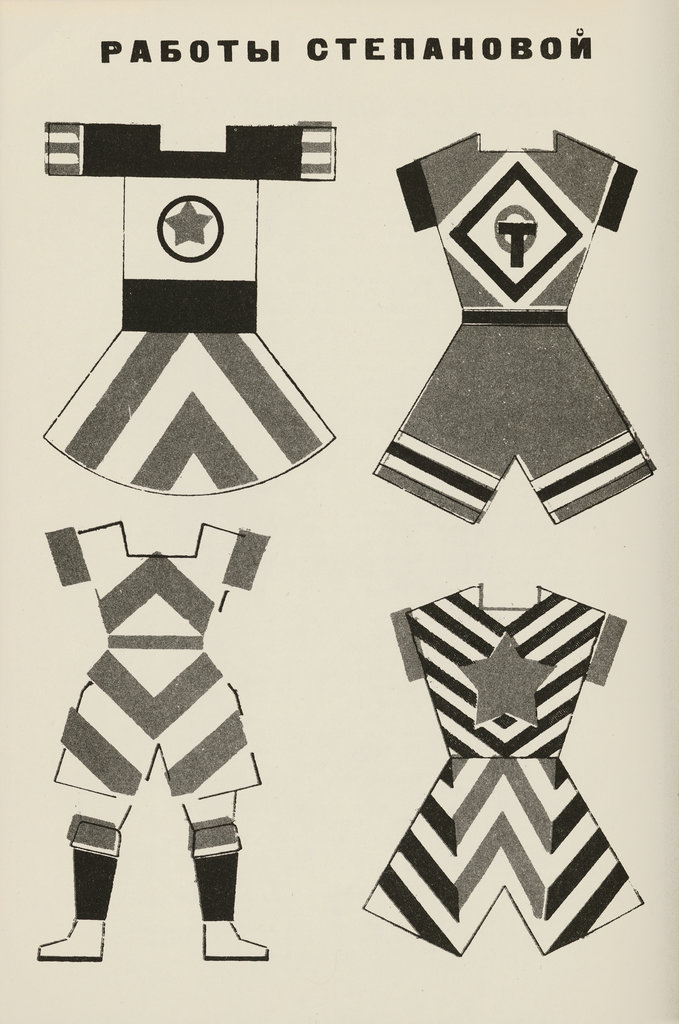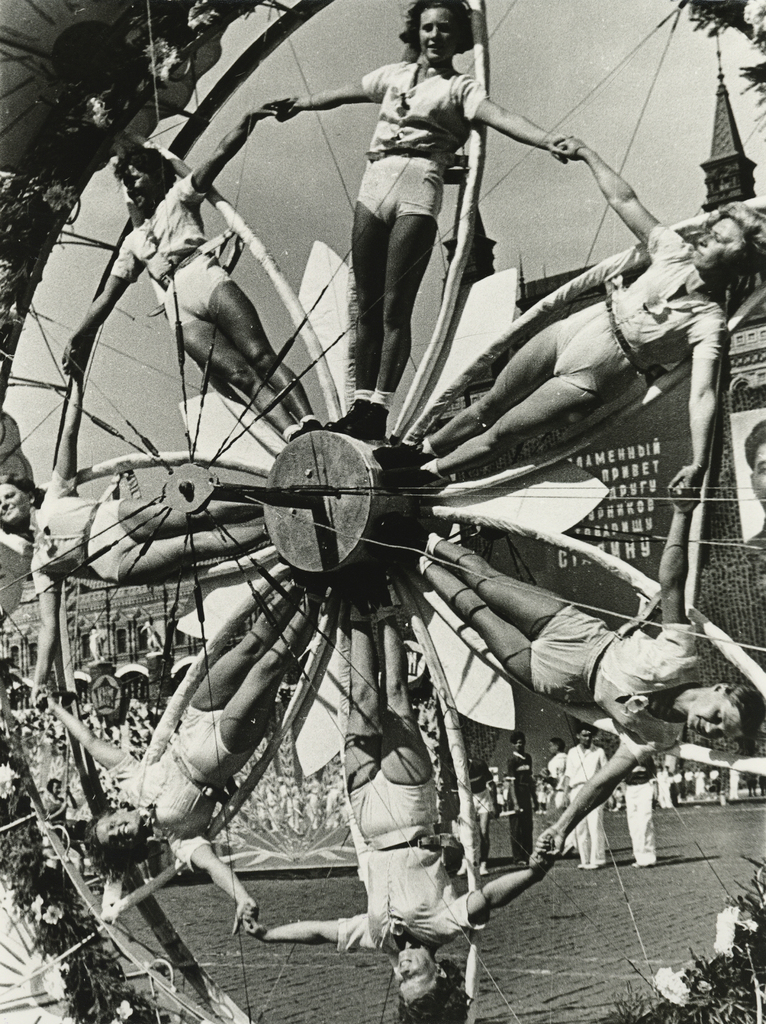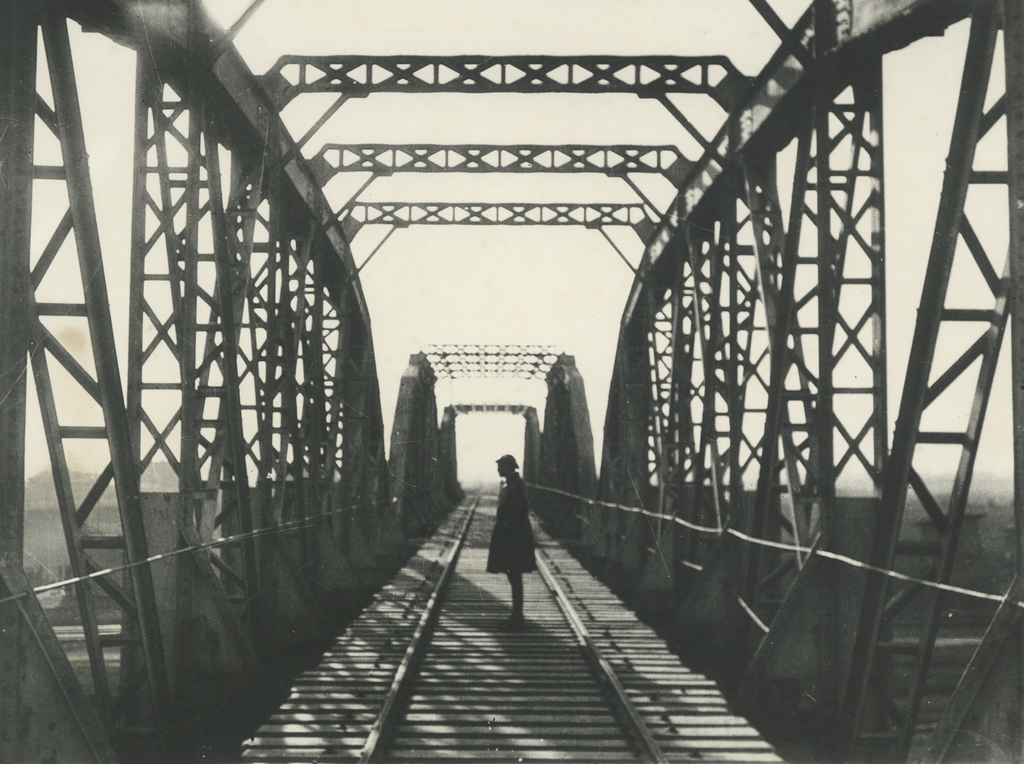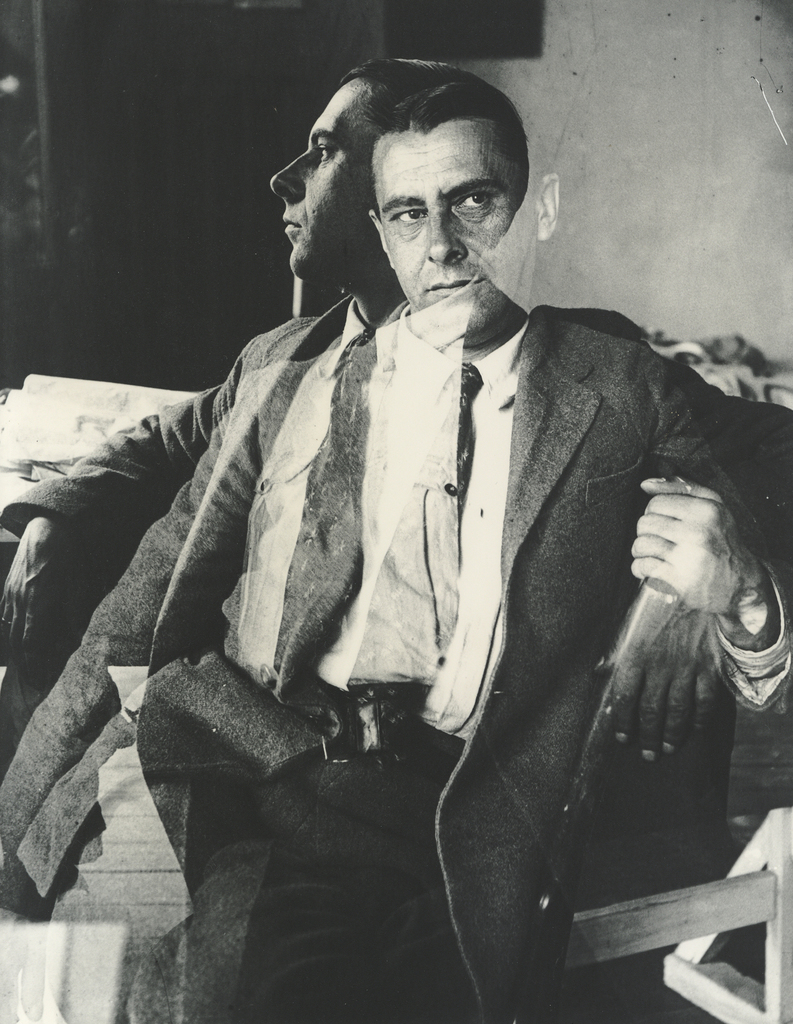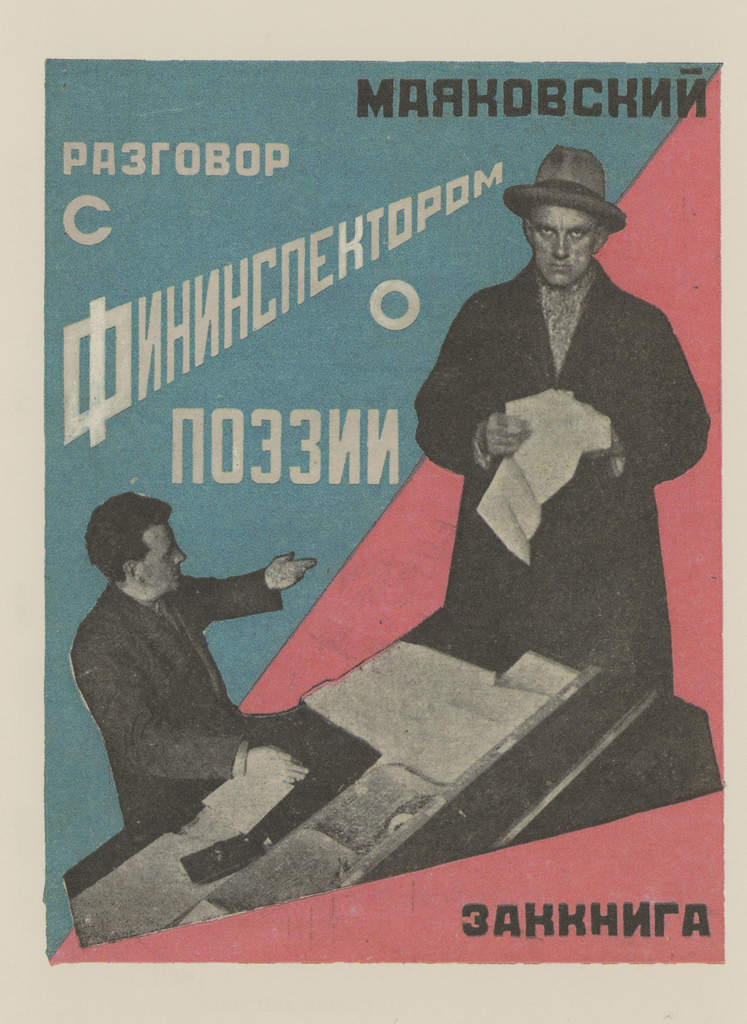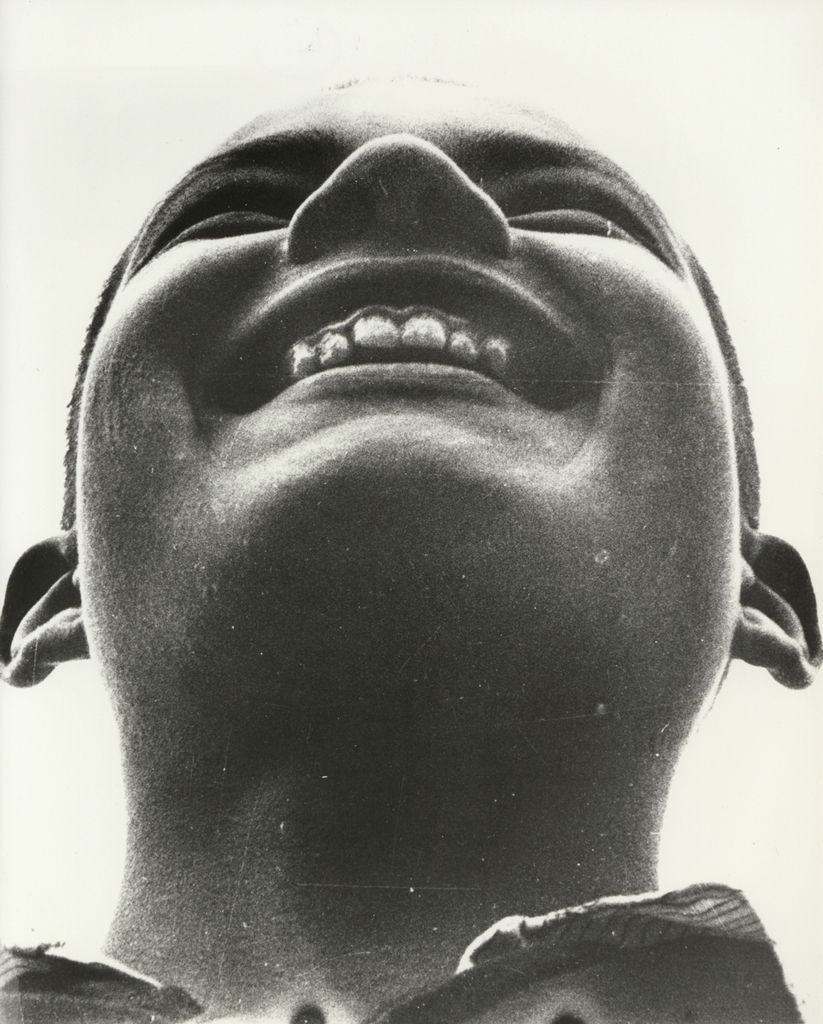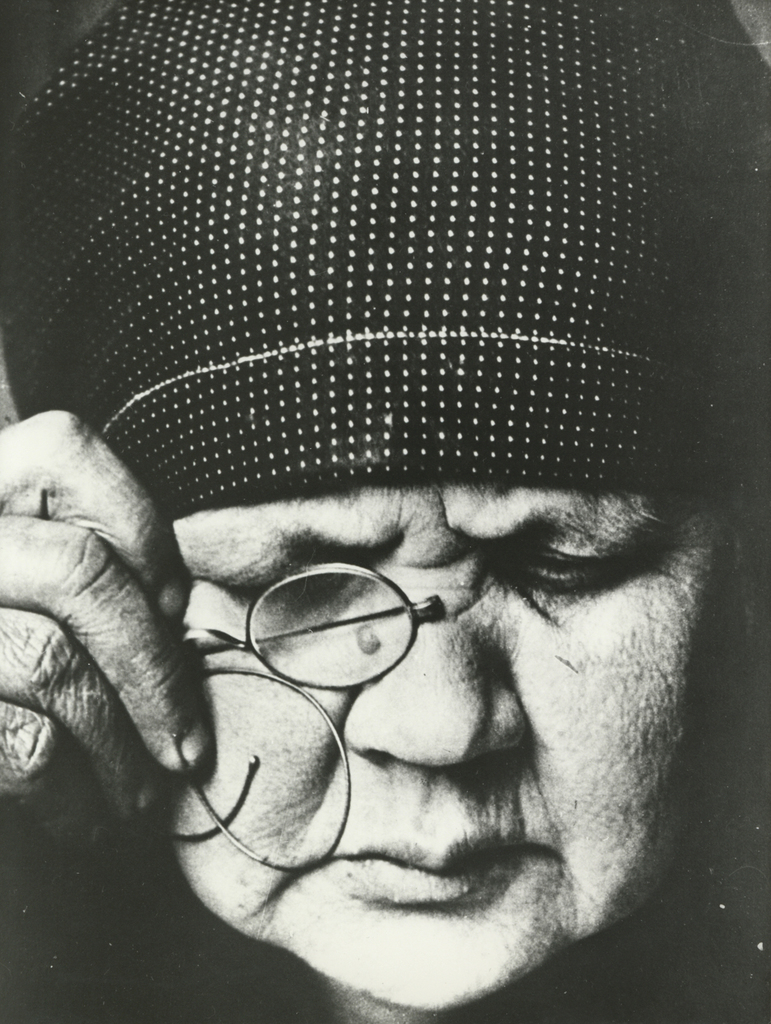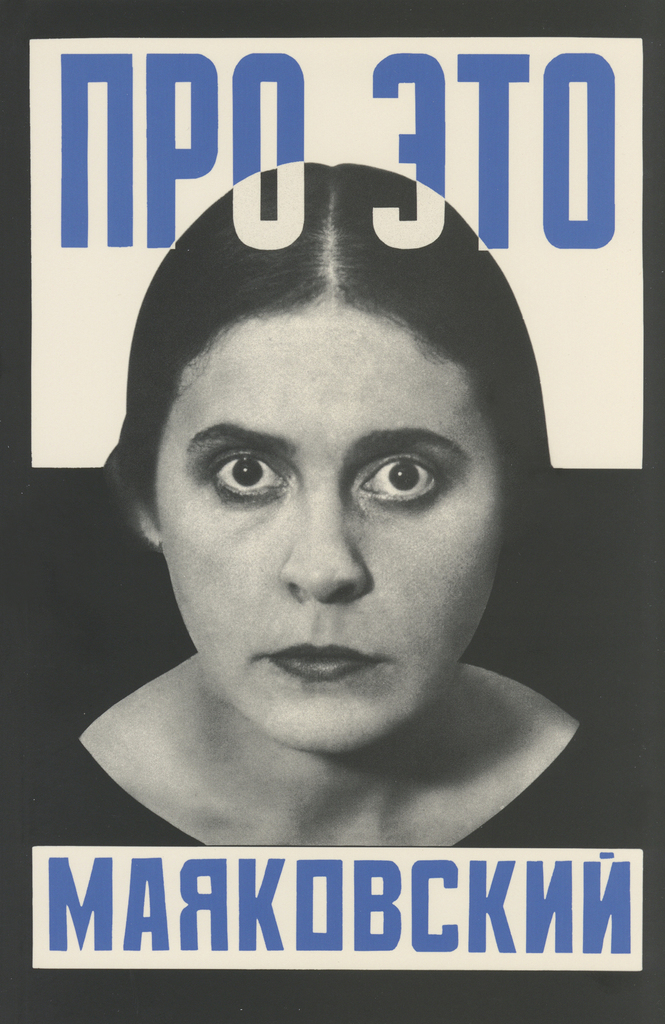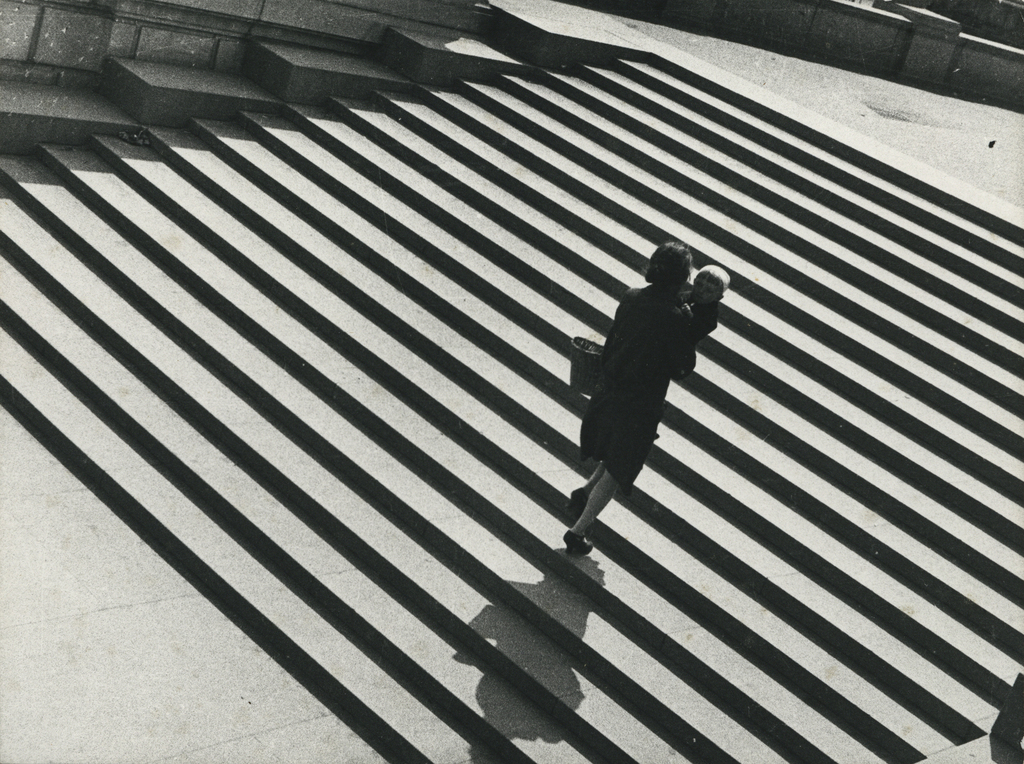Alexander Rodchenko
Russia (1891—1956)After his art education at the Karzan School of Art he continued his training and in 1914 he met Varvara Stepanova, who remained his life-long partner and collaborator. The following year they moved to Moscow: here Rodchenko met Tatlin and Maljevič, who influenced his abstract works but also the Russian futurists Burliuk and Kamensky. At the onset of the Russian revolution he produced abstract works such as Black on black series. He worked in the Soviet Republic in the department of art and education, together with Kandinsky. In 1921 he joined the Productivism group, embracing the idea of art as a laboratory for design and construction. He produced the monochrome panels but later in the year he abandoned painting to explore other interests such as three-dimensional design objects, architectural sketches, photography and theatre design. He collaborated with Mayakovsky and with the magazines LEF and NOVYI LEF. With the ascent of Stalin and the social realism Rodchenko’s art was defined Formalism and openly condemned as aesthetics. He moved instead to photography, yet not being able to fully document the reality of Russian workers and their contribution to the modernity. He continued to work as a photographer and graphic designer until his death in 1956.
A conversation with a tax-collector about poetry
About this. To her and to me
Bridge
Kino-fot
LEF
Majakowskij, Stepanowa, Beskin and Brik
Pioneer
Pole vault
Portrait of a young lady from above
Portrait of the artist's mother
Sergeiu Eseninu
Stairs
The broadcasting studio
The painter Alexander Schewtschenko
The wheel
The yard
